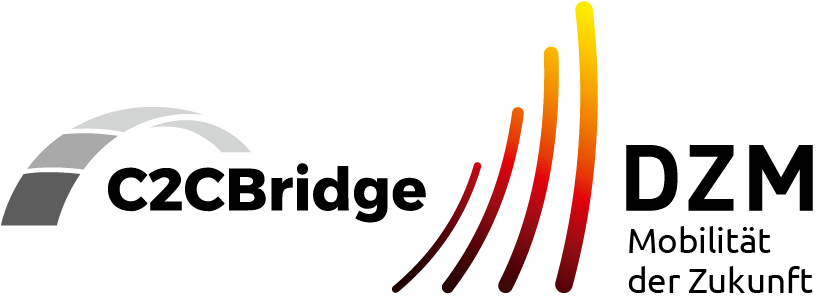Mobility concept
Work package 1
Work package 1 investigates how a mobility system can be designed and operated. The objective of the mobility concept is to optimise the combination of innovative vehicle concepts (WP3) with adapted infrastructure (WP4) and existing traditional public and private transport services. This will also provide insights into how innovative vehicles and the necessary infrastructure for getting on and off the bus must be designed in order to achieve an optimised overall system.
Infrastructure
Work package 2
Work package 2 focuses on user-friendly, attractive and modular mobility hubs that allow a comfortable, barrier-free and safe transfer between on-demand taxis or other means of transport for multimodal mobility with efficient use of any waiting time for work, social contacts or other activities. The hubs serve as bridges between different modes of transport and between areas with different spatial structures, resulting in a variety of requirements for the public mobility system.
Vehicles
Work package 3
Work package 3 deals with how sustainable, individualised and publicly used vehicles should be designed in order to find individual and social acceptance as a genuine alternative to private cars. The starting point is to design and dimension user-friendly, autonomous, networked, cooperative, battery-electric call taxis for a maximum of four people, wheelchairs, pushchairs and luggage to connect city and countryside.
Visualisation
Work package 4
Work package 4 will research methods for a virtual representation of the C2CBridge service, define the visualisation technology and develop concepts for a mobile form. This special form of tangible representation will give citizens and other stakeholders an idea of future mobility systems and thereby sharpen and deepen the requirements and acceptance analyses.


Stay In Touch